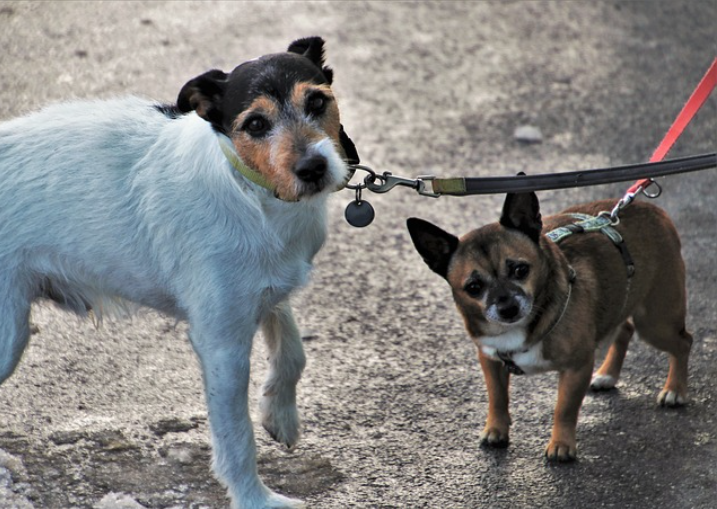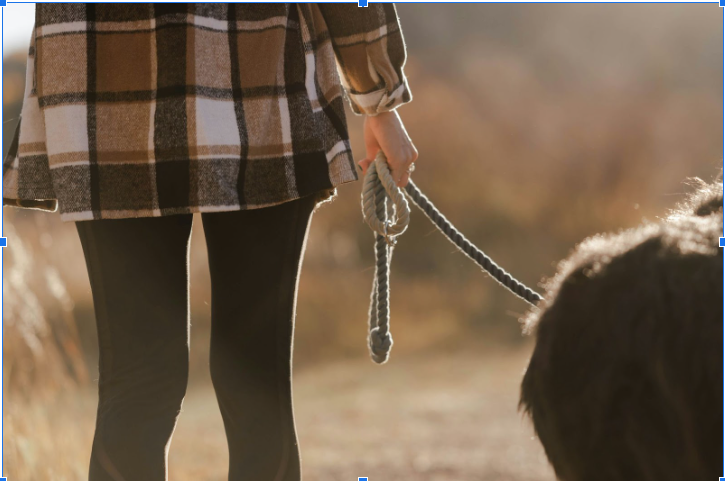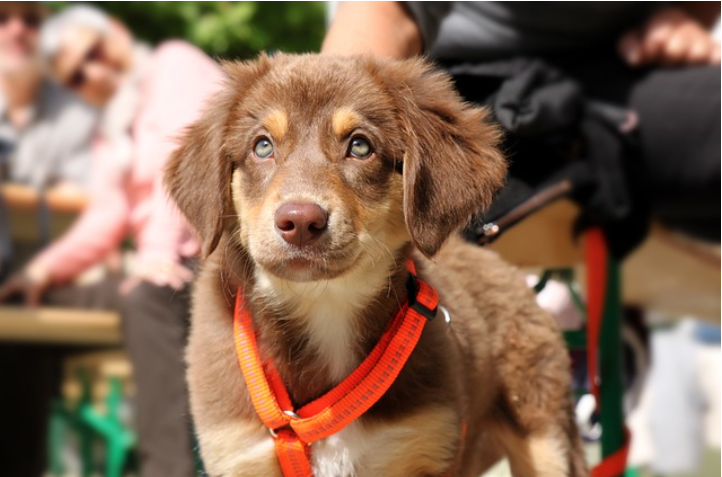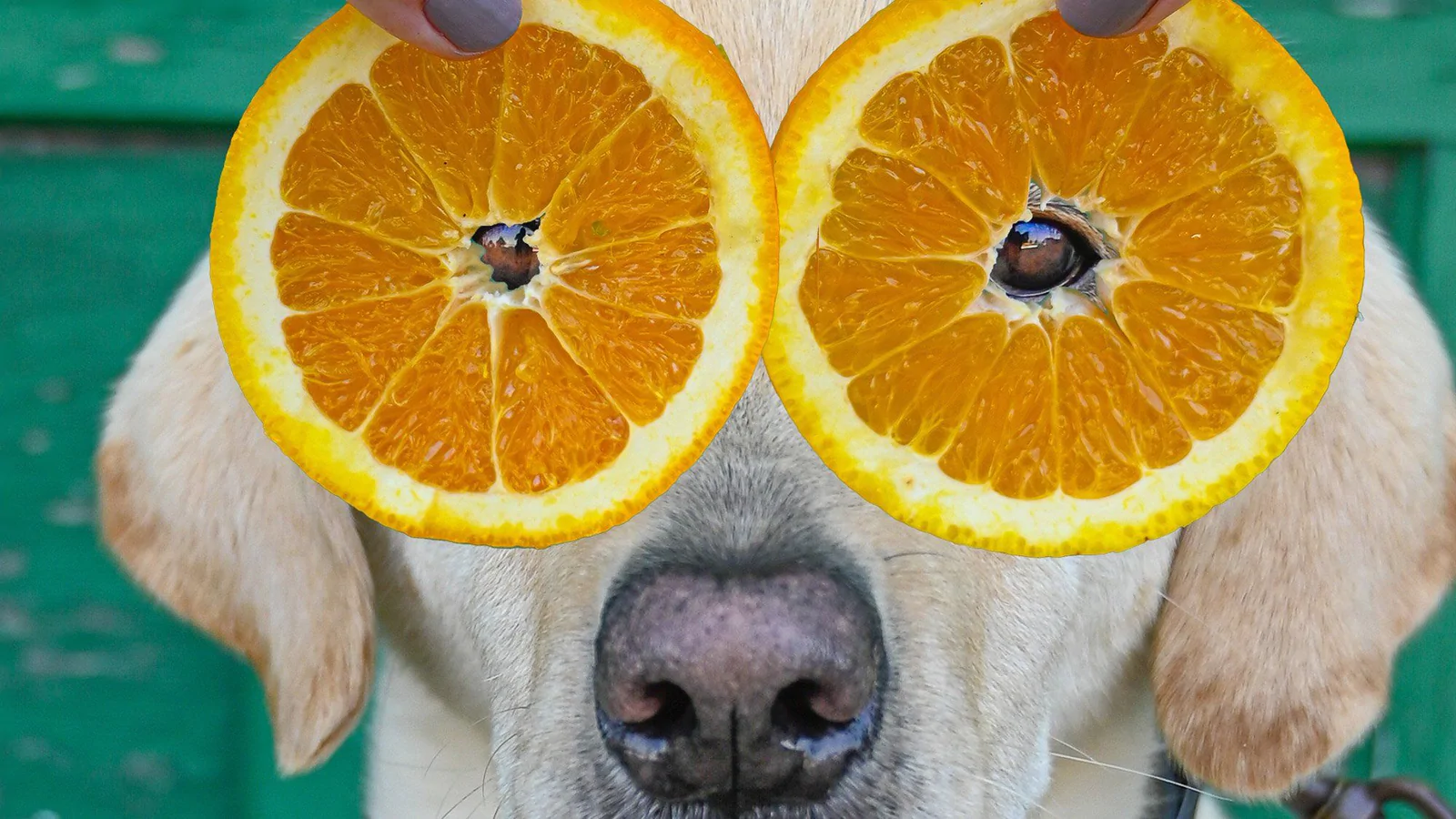A dog leash is much more than a simple tool for walking and exercising your dog. It serves as an essential line of communication between you and your pooch at all times. A good, sturdy leash is often indispensable in obedience training and in keeping your dog safe. Getting to understand the various types of dog leashes available today is vital for every dog owner.
Common Types of Dog Leashes
Standard Dog Leash
A standard dog leash is the most common type used worldwide. It’s typically between 4-8 feet long and can be made from a number of materials such as nylon, leather, or rope. These are perfect for everyday use. Shorter lengths give you more control which is crucial for training or busy areas while lengthier ones offer a bit more freedom, suitable for leisurely walks or relaxed environments. Leather leashes are classic providing durability and elegance while nylon leashes stand out due to their affordability, lightweight nature, and available bright colours.
Retractable Leashes
These leashes have a cord wound around a spring-loaded device housed in a handle, allowing owners to adjust the leash’s length as needed. They can extend up to 26 feet allowing dogs more room to explore their surroundings during walks. However, they have been associated with numerous safety issues including sudden jerks leading to injuries and inadequate control in case of emergencies. As such, retractable leashes are best suited for well-trained dogs in open space environments.
Adjustable Leashes
Adjustable leashes are multi-functional tools for varying situations as they allow length adjustment through loops or clips along the leash’s length. They can range anywhere between 3-6 feet and be doubled up to act as a shorter standard lead or even as a temporary tether. These leashes are perfect for dog owners who require flexibility in length and control.
Chain Leashes:
For dogs that tend to chew or bite their leash, a chain leash is an ideal alternative. These leashes discourage chewing as the hard metal is not appealing to the dog’s mouth. They also come in varying lengths and thicknesses and are extremely durable, maintaining their integrity against strong, determined chewers. However, they may be heavy for small breeds.
Martingale Leash
A martingale leash, also known as a limited-slip leash, incorporates both a lead and a collar. It tightens if a dog pulls but unlike choke chains, it can only tighten to a certain extent ensuring it doesn’t harm the dog. It is a training tool effective for dogs that have thicker necks than heads like greyhounds or whippets to prevent slipping out.
Bungee Leashes
These leashes are designed with an elastic section that stretches and recoils. The design cushions any sudden movements or pulls by the dog which reduces strain on both owner and dog’s joints. Bungee leashes can be ideal for running or hiking where terrain and speed changes are frequent.
Hands-Free Leashes
Such leashes are worn around the owner’s waist or across the body rather than held in hand, offering free hands to carry items, jog, or simply multitask during the walk. A hands-free leash is designed with enough elasticity to handle the strain when your canine companion pulls – making them ideal for runners or owners with mobility issues.
Multi-Dog Leash
As implied by the name, this leash type enables owners to walk two or more dogs simultaneously while only holding onto one handle. It features a single main leash that splits into two or more at the end via couplers – great for multi-dog households.

Material Types Used In Dog Leashes:
Determining the type of material to choose for your dog’s leash is about as important as deciding the leash type. Different materials cater to different dog behaviours, sizes, and needs.
Nylon
This is one of the most common materials used in leash production. It is known for its durability, wide range of colours, and affordability. Nylon leashes are lightweight and weather-resistant, meaning they can handle the rainy weather without risk of damage. They are suitable for nearly all breeds but may cause burns or cuts on the handler’s hands if a dog pulls excessively.
Leather
Leather leashes offer a mixture of style and strength that sets them apart. They are more comfortable to hold than nylon ones – becoming even softer with time and use. Even though they tend to be pricier than their nylon counterparts, their longevity and chic appearance make them worth the investment. They are suitable for larger or stronger dogs given their robustness.
Chain
Chain leashes are ideal for dogs who have a tendency to chew on their leashes as this material will discourage them due to its hardness and taste. While chains can handle large, dominant dogs, they may strain smaller breeds due to their weight.
Reflective Fabric
Reflective fabric leashes incorporate a reflective strip that shines when hit by light – increasing your visibility during low-light situations like evening or early morning walks. This material is typically used alongside other primary materials such as nylon or leather.
BioThane
BioThane is a polyester webbing with PVC or TPU coating which makes it durable, waterproof, and easy to clean. With a leather-like feel, BioThane offers the benefits of both leather and synthetic materials: strong yet lightweight.

Rope
Rope dog leashes lack nothing in strength and durability due to their mountain-climbing equipment-level strength. They are generally crafted from braided nylon, giving them an endearing old-fashioned appearance while still maintaining a modern level of reliability and safety.
Natural Hemp
If you’re eco-conscious, a leash made from hemp might be your best bet. Hemp leashes are naturally hypoallergenic, anti-microbial, and resistant to odour. And for dogs with delicate skin, hemp is known for its gentle hand feel.
Rubber
Rubber leashes offer an excellent grip and are resistant to the weather. While they can handle strong or larger dogs due to their durability, they may be too heavy or uncomfortable for smaller breeds like Poodles or Chihuahuas.
Conclusion
When selecting a leash type, consider your dog’s behaviour characteristics, size, and energy levels as well as your lifestyle and environment. A suitable leash type will ensure you have better control without compromising on the comfort or safety of your furry friend. No matter which type you choose, the key is always to strive for an enjoyable walking experience both for you and your dog!






